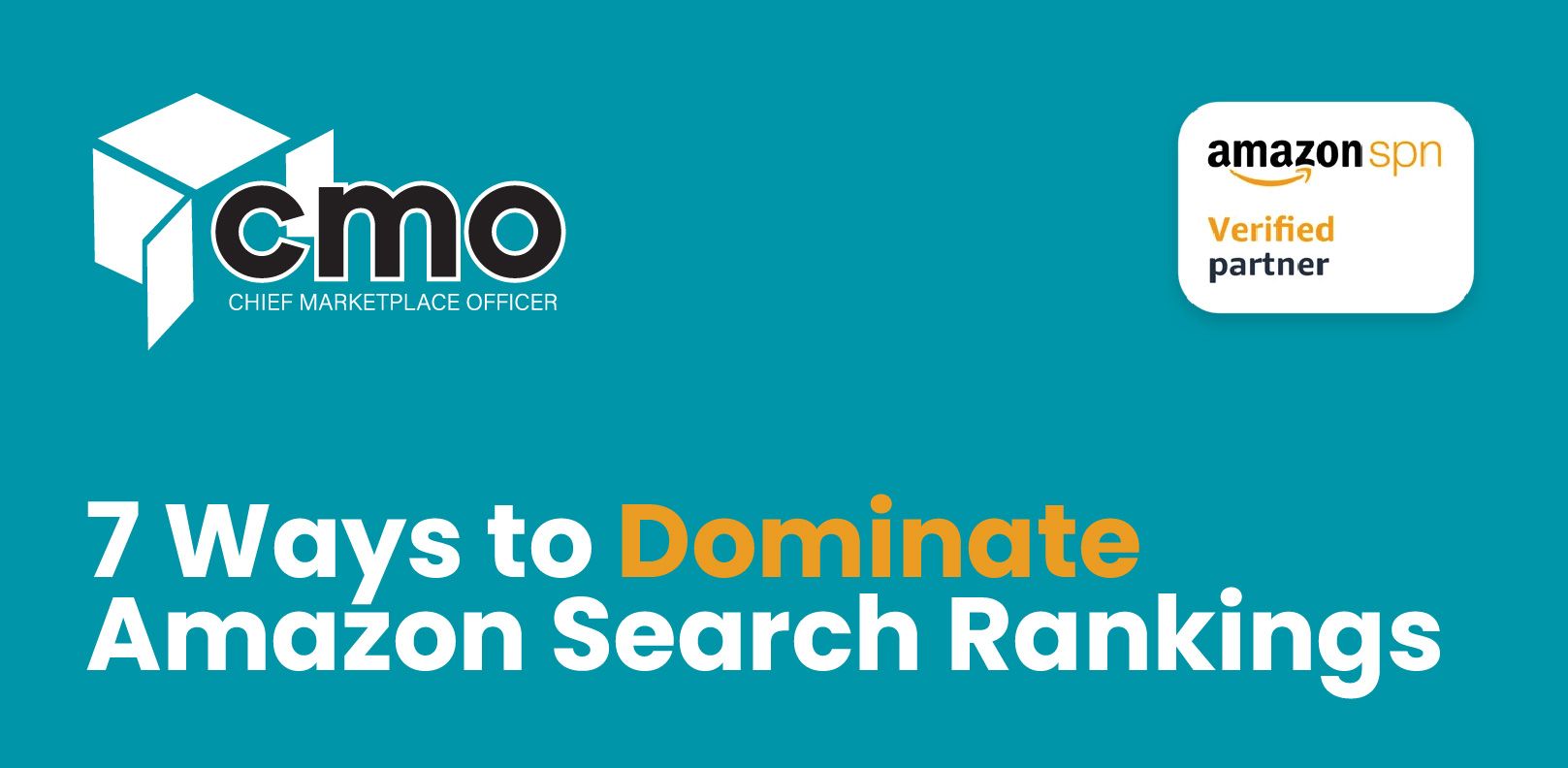Safeguarding Success: Elevating Your Brand Through Amazon Brand Protection
In the vast digital marketplace that is Amazon, brand protection has become a pivotal concern for sellers aiming to preserve their identity and reputation. As the e-commerce giant continues to flourish, so do the challenges associated with counterfeit products, unauthorized sellers, and intellectual property infringement. The threat of genuine competitors, counterfeiters, and copycats poses risks to a brand’s hard-earned reputation, sales revenue, and overall integrity. In this dynamic landscape, the role of vigilant brand guardians is more critical than ever.
What is Brand Protection
In an era dominated by e-commerce, especially on platforms like Amazon, brand protection takes on heightened significance due to the unique challenges posed by the digital marketplace. Brand Protection has become a cornerstone for businesses striving to establish and maintain their presence on e-commerce platforms. At its core, Brand Protection encompasses a suite of strategies and measures aimed at safeguarding a brand's identity, reputation, and intellectual property in the vast and often challenging digital landscape.
Importance of Brand Protection
Preserving Trust and Reputation
Brand reputation is the bedrock upon which customer trust is built. In the fiercely competitive Amazon marketplace, the prevalence of counterfeit products and unauthorized sellers poses a significant threat to a brand's integrity. Effective Brand Protection not only shields against such threats but also fosters consumer confidence, ultimately leading to increased customer loyalty. When customers can trust a brand to deliver authentic, high-quality products consistently, they are more likely to make repeat purchases and become brand advocates.
Mitigating Financial Risks
Counterfeit products not only damage brand reputation but can also result in substantial financial losses. The influx of unauthorized sellers can lead to inconsistent pricing, unauthorized discounts, and overall market confusion. Brand Protection strategies act as a proactive defense mechanism, minimizing the risk of revenue erosion due to unauthorized distribution and infringement. By preventing the infiltration of counterfeit goods and unauthorized sellers, businesses can maintain a consistent brand image and pricing structure. This proactive approach helps safeguard the brand's financial stability and reputation in the competitive marketplace.
Upholding Intellectual Property Rights
In the digital age, intellectual property is a prized asset. Brand Protection is essential for enforcing trademarks, patents, and copyrights, ensuring that a brand's unique identity and innovations remain secure from imitation and unauthorized usage. This proactive approach is vital to shield these intellectual property elements from imitation and unauthorized usage. By enforcing legal rights through Brand Protection strategies, businesses can safeguard their unique contributions and maintain a competitive edge in the market. In essence, Brand Protection serves as a crucial shield, ensuring the continued security of a brand's intellectual property in the rapidly evolving digital landscape.
The Armory of Brand Protection
The Trademark Helmet: Trademark Registration through Amazon IP Accelerator
The investment in trademark registration is an essential safeguard, establishing exclusive rights to your brand and its associated intellectual property, and serves as a protective armor for your brand against unauthorized sellers, competitors, hijackers, and the threat of counterfeit activities.
The Amazon Intellectual Property Accelerator provides valuable assistance to those unfamiliar with trademark registration, aiming to expedite and simplify the process for Amazon sellers. By offering access to a list of law firms specializing in intellectual property, the program helps sellers navigate the legal aspects of obtaining a trademark. The initiative's primary goal is to fast-track eligibility for the Amazon Brand Registry, providing businesses with additional tools to enhance brand protection cost-effectively.
The Amazon Brand Registry: Your Sword in the E-Commerce Arena
At the heart of Amazon's brand protection arsenal is the Amazon Brand Registry. This program provides a robust set of tools for brand owners, allowing them to proactively manage and protect their intellectual property on the platform. Enhanced content creation, streamlined reporting of potential infringements, and improved search visibility are just a few benefits that empower businesses to take control of their brand presence.
The Shield of Transparency
For those battling the relentless surge of counterfeit products, the Amazon Transparency program emerges as a formidable weapon. By assigning unique codes to each unit, this program enables both sellers and consumers to verify product authenticity easily. As a result, consumers can trust the products they purchase, while brand owners can swiftly identify and take action against fraudulent activity.
The Breastplate of Brand Gating
Amazon Brand Gating is a strategic measure designed to limit who can sell certain brands, adding an extra layer of protection for brand owners. By implementing brand gating, sellers can exercise greater control over their distribution channels, preventing unauthorized resellers from tarnishing their brand image.
Building Alliances: Collaboration and Education
In the quest for brand protection, collaboration with sellers and educating them about brand policies is crucial. Establishing clear communication channels can help mitigate issues before they escalate, fostering a cooperative environment that benefits both brands and sellers.
Third-Party Guardians: Brand Protection Services
In the ever-evolving landscape of e-commerce, specialized third-party services, like the Chief Marketplace Officer, are emerging as guardians of brand integrity. These services offer advanced monitoring tools, actionable insights, and expert strategies to navigate the complexities of brand protection on Amazon.
How Can Chief Marketplace Officer Help You?
Proactive Monitoring and Enforcement
Our company specializes in proactive monitoring of Amazon listings, identifying and addressing potential infringements before they escalate. Through advanced technologies and vigilant oversight, we ensure that your brand remains protected against unauthorized sellers and counterfeit products.
Brand Protection Expertise
Our team is well-versed in Amazon's policies and procedures, ready to take swift and effective action against intellectual property infringements on your behalf.
Collaboration and Education
We believe in fostering a collaborative relationship with our clients. Through clear communication and educational initiatives, we empower businesses to understand and enforce their brand protection rights effectively.


